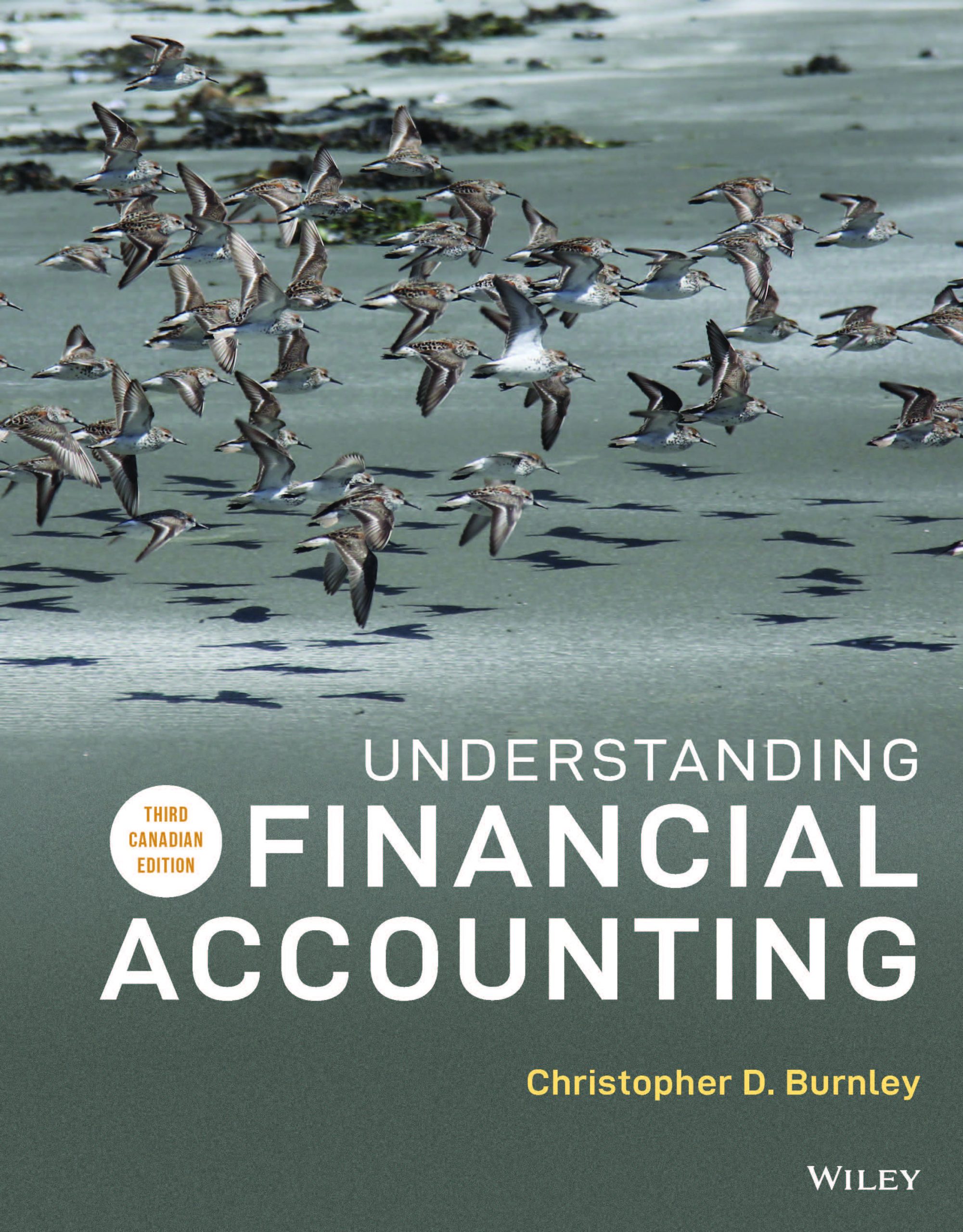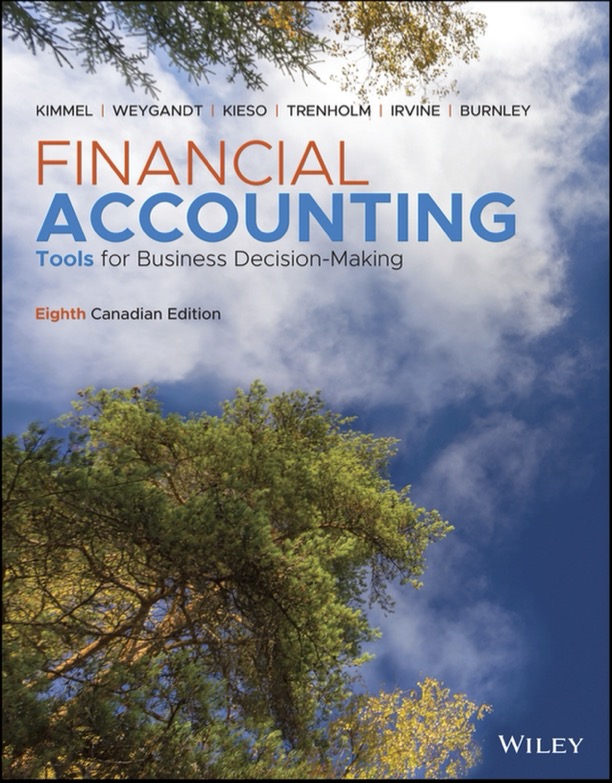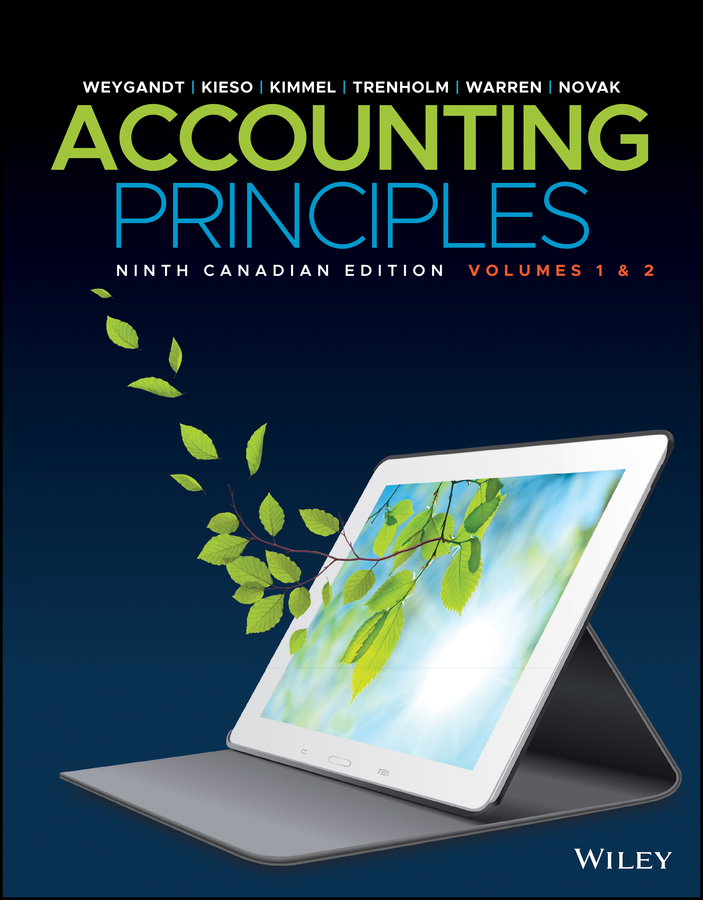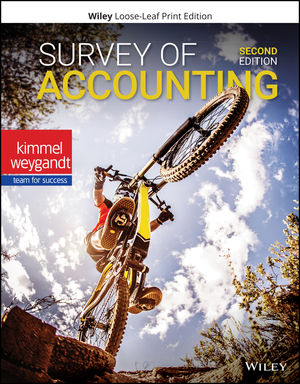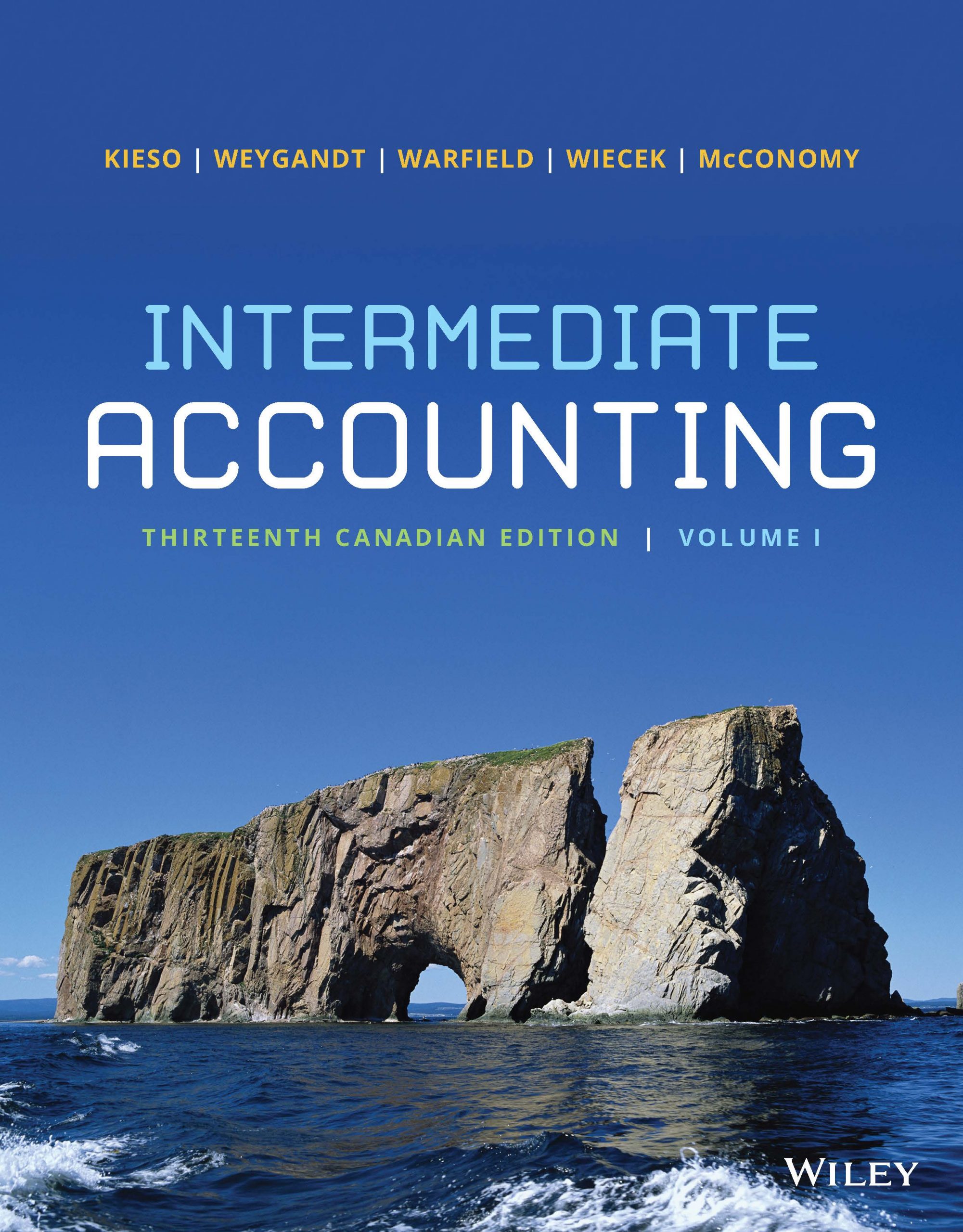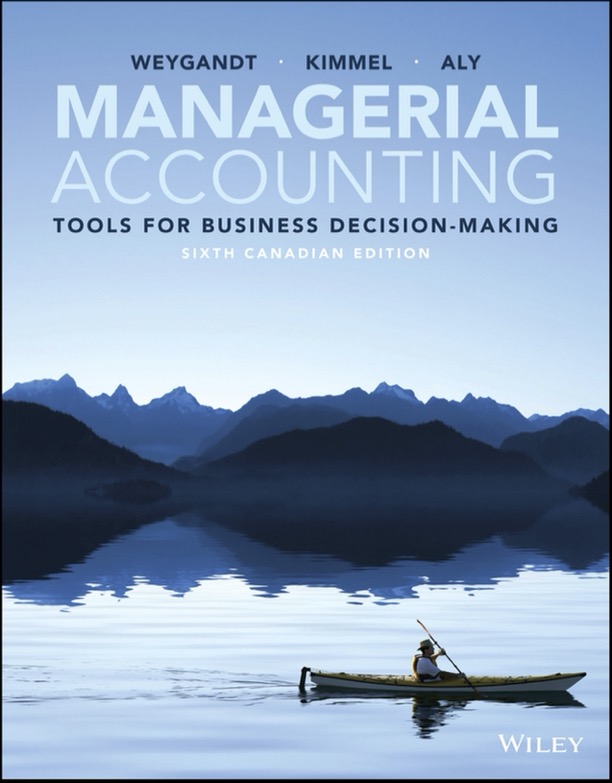Forget the narrow notion of bean counters and number crunchers. Today’s accountants are an extremely diverse group of professionals whose specialties span an impressive range of financial acumen. And they’re finding that a well-rounded business education capped with significant expertise is making them highly marketable.
“It’s certainly an exciting time to be an accountant,” says Julie Charbonneau, Manager of Accounting Services at Schering Canada. “Whether you’ve just entered the profession or are well-established, you’d be hard pressed to say that you’re not challenged or involved in something new. In fact, in my experience, every year there are more and more opportunities for accountants.”
Corporate governance is more complicated. Financial dealings are increasingly global and fast-paced. Specialized knowledge is highly coveted. It all bodes well for people in the accounting profession.
Abid Hafeez, Financial Analyst at TransAlta in Duffield, says he was getting responses from employers before he’d even completed his CGA Program of Professional Studies.
“After getting my CGA, the responses were overwhelming; for the first time in my career, I had the privilege to accept the offer I liked the most,” Hafeez says.
Hafeez had worked in the banking industry for seven years in his native Pakistan before moving to Canada. He soon realized that if he wanted to succeed here, he would have to get the “best education possible”.
Murray Lee came to same conclusion. He worked in two large companies while earning his accounting designation. The CGA program, he says, is a solid platform on which to build a career in any business. He’s already experienced two mergers.
“With any merger, the structure of a business gets more complex,” says Lee, Director of Finance at Vision Critical in Vancouver since 2004. “My experience and my accounting studies prepared me to meet many new demands, and to adapt and grow with the opportunities. I really believe that my career can be whatever I choose to make of it.”
Jo-Anne Gilman says her accounting designation has been a major contributor to her career success in the automotive sector.
“It’s provided me with excellent skills to respond to changing business conditions, a challenging regulatory environment and operational support requirements,” says the Vice-President of Finance at DaimlerChrysler Canada.
“Working for a large, multinational corporation would be very challenging without the right training and education, and my CGA designation certainly helped to prepare me for all eventualities.”
Gilman notes that the CGA designation is widely recognized as a valuable professional credential. It’s brought her solid returns, both in economic terms and by way of more challenging assignments. How so? She’s held no fewer than 15 finance, accounting and tax positions of increasing responsibility at DaimlerChrysler.
Shabbir Hussain says that being a certified general accountant has helped him to meet an array of organizational needs. Born and raised in Karachi, Pakistan and educated in the United States, Hussain moved to Toronto nearly a decade ago.
CGA’s rigorous professional studies program prepares students to perform with commitment, discipline, a strong business sense and a comprehensive understanding of ethics, says Hussain, Director, Financial Analysis, Planning and Reporting at Rogers Communications. It also recognizes the diverse skills demanded by the best employers.
“Based on my multinational exposure, I maintain that the continuing professional development program offered by CGA is leading edge,” Hussain says.
“There’s no doubt that today’s accountants must be strategic analysts, team players and lifelong learners,” notes Anthony Ariganello, President and CEO, CGA-Canada, which represents 68,000 CGAs and students in Canada, Bermuda, the Caribbean, Hong Kong and China. CGAs work in all segments of the economy as comptrollers, treasurers, tax specialists, analysts and auditors; strategists and consultants, managers and directors; partners and principals, CFOs, presidents and CEOs.
“Without question, the entire accounting field has become much more complex and demanding, but also more invigorating,” Ariganello says. “At every level, accountants need a far wider range of skills than ever before.”
Accountants have become much more high-profile within organizations and are often called on to fill leadership and strategic roles. That makes strong communication skills a must. Additionally, those with so-called soft skills, such as diplomacy and persuasion, are also in demand, industry surveys suggest.
Consider Juliana Guan, a Senior International Accountant with Husky Energy in Calgary. She deals with operations outside of North America.
“It’s important to understand cultural differences, different business and accounting practices,” Guan says. “I have to be familiar with local rules and regulations, such as different tax structures and government reporting. It requires mutual understanding and co-operation from people across continents.”
Heavier workloads, robust business growth and a tight labour market all add up to more opportunities for accountants who continually hone their expertise. According to Robert Half International, a leader in professional staffing and consulting services, employers will be looking to hire people in:
- General accounting: Staff accountants do a range of work, from processing journal entries to performing account analysis and reconciliation to preparing tax filing. Senior accountants manage more complex projects, including budgeting, financial statement preparation and risk assessments. Professionals with knowledge of securities regulation will be particularly valued.
- Financial analysis: Organizations have an ongoing need for professionals who can evaluate financial data, identify trends and anomalies, and participate in forecasting and budgeting. They may also be asked to help determine how to boost profitability or provide support for strategic decisions.
- Internal audit: Internal auditors will continue to remain in strong demand. Both public and private companies are expected to hire aggressively in this area to improve accountability. Consulting firms offering internal audit services will also need these professionals.
- International accounting: Globalization will continue to fuel the need for accountants with knowledge of domestic regulations who can work successfully in an international environment. As well, companies adopting International Financial Reporting Standards will need accountants with expertise in international accounting rules who can help their organizations transition to new standards.
- Forensic accounting: The need for accountants with strong forensic skills is rising. Government agencies, public accounting firms and specialty consulting practices need these professionals to help prevent and detect corporate financial fraud.




